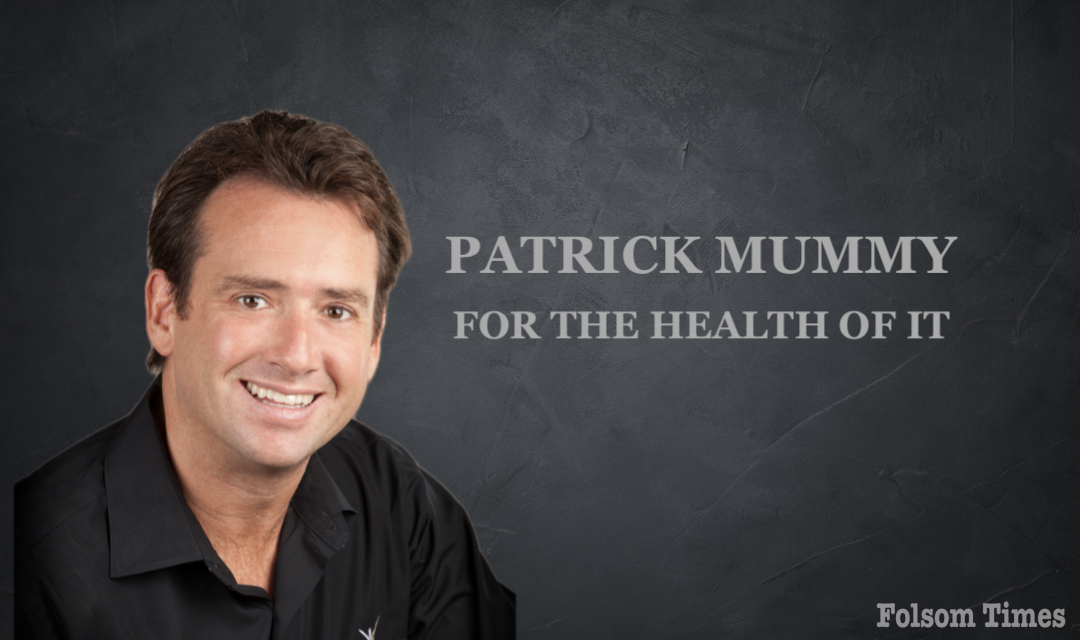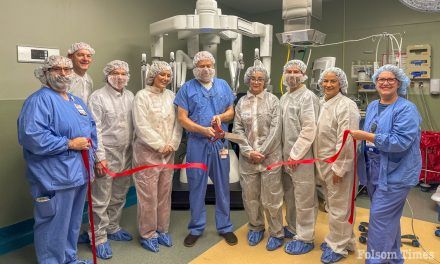In the world of healthcare, two prominent approaches are often discussed: preventative medicine and reactive (or curative) Western medicine. While both have their place in the healthcare system, the key difference lies in timing and strategy. Preventative medicine focuses on taking proactive measures to maintain health and avoid disease before it occurs, whereas reactive Western medicine is largely concerned with diagnosing and treating diseases after they manifest. The growing emphasis on preventative care has shown that it is not only more effective for long-term health but also a way to significantly reduce healthcare costs.
What is Preventative Medicine?
Preventative medicine is an approach that aims to reduce the risk of diseases, disabilities, and overall health decline. It involves a range of activities designed to prevent the onset of health issues rather than treating them after they arise. Examples include vaccinations, screenings for early signs of diseases (such as cancer, diabetes, or heart disease), lifestyle counseling (e.g., nutrition, exercise, stress management), and public health initiatives like sanitation and air quality control.
Preventative care can be divided into three categories:
Primary prevention:Measures taken to prevent the development of disease or injury (e.g., regular exercise, balanced diet, immunizations).
Secondary prevention:Activities aimed at early detection of disease, which allows for early intervention (e.g., mammograms, blood pressure monitoring, cholesterol screenings).
Tertiary prevention:Efforts to manage and prevent complications in people already diagnosed with chronic conditions (e.g., rehabilitation programs, support for managing diabetes).
What is Reactive (Western) Medicine?
Reactive medicine, often associated with traditional Western healthcare, focuses on diagnosing and treating diseases once symptoms are present. The primary goal is to address specific health issues after they arise, whether through medication, surgery, or other interventions. Reactive medicine works effectively when diseases or injuries occur, but it tends to be more expensive, complex, and less effective at maintaining long-term health.
Examples of reactive medicine include:
Surgical interventions:Performing surgery to remove tumors or repair broken bones.
Medication for symptoms:Prescribing drugs to manage conditions like hypertension, pain, or infection.
Emergency treatments:Responding to health crises such as heart attacks or strokes.
Why Preventative Medicine Saves Money
The financial benefits of preventative care are becoming increasingly clear as healthcare systems face rising costs due to an aging population and the prevalence of chronic diseases. Here’s why preventative medicine is often the more cost-effective choice:
Early Detection Reduces Treatment Costs
Preventative screenings like mammograms, colonoscopies, and blood tests allow for early detection of diseases such as cancer, diabetes, or cardiovascular issues. Detecting these conditions in their early stages often leads to less invasive and less expensive treatments. For example, treating stage 1 cancer with localized surgery or medication is far cheaper than treating stage 4 cancer with chemotherapy or extensive surgery.
Chronic Disease Management is Cheaper with Prevention
Chronic conditions such as heart disease, diabetes, and obesity are among the most expensive to treat. However, these conditions are often preventable with lifestyle changes like regular exercise, a healthy diet, and managing stress. By investing in preventative measures like weight management programs and regular check-ups, patients can avoid the high costs associated with ongoing treatments, hospitalizations, and surgeries required to manage chronic diseases.
Reduced Emergency Care Costs
Reactive medicine often involves emergency room visits for severe conditions that could have been prevented. Conditions like high blood pressure, asthma, and diabetes often lead to emergency situations if not properly managed. By providing routine check-ups, screenings, and education on managing risk factors, healthcare providers can help avoid costly emergency care visits, ultimately reducing the financial burden on both patients and healthcare systems.
Fewer Hospitalizations
Preventative care can lead to fewer hospitalizations by addressing health issues before they escalate. For instance, ensuring patients manage their blood sugar levels and cholesterol can prevent the need for expensive hospital stays for complications like diabetic ketoacidosis or heart attacks. This not only saves money but also improves the quality of life for individuals.
Improved Productivity and Reduced Absenteeism
Investing in preventative measures such as workplace wellness programs can lead to healthier employees who take fewer sick days. A healthier workforce is less likely to suffer from chronic illnesses or acute conditions that lead to absenteeism. As a result, businesses can reduce the costs associated with lost productivity, insurance premiums, and short-term disability.
Long-term Financial Savings
While the upfront costs of preventative care, such as wellness exams and lifestyle counseling, may seem like an additional expense, they ultimately result in long-term savings. Preventing a disease or managing a health condition early reduces the financial strain of dealing with complicated treatments, rehabilitation, and loss of income due to illness.
The Financial Burden of Reactive Medicine
In contrast, reactive Western medicine often leads to much higher costs. When health issues are only addressed after they occur, it is more expensive to treat the disease at an advanced stage. Hospitalizations, surgeries, and prolonged treatments can drain financial resources. For example, the costs associated with treating end-stage kidney disease, including dialysis and transplants, are exponentially higher than the costs of preventing it through lifestyle changes and early detection.
Additionally, reactive medicine often involves dealing with the complications of untreated diseases, leading to further health problems and requiring ongoing, costly interventions. For example, managing complications from poorly controlled diabetes, such as neuropathy, blindness, or kidney failure, involves not just medical treatment but also rehabilitation, therapy, and possibly long-term care.
Conclusion: The Case for Preventative Medicine
Preventative medicine offers a more sustainable, cost-effective approach to healthcare. By focusing on avoiding illness through lifestyle management, early detection, and routine screenings, individuals and healthcare systems can save significant amounts of money while improving overall health outcomes. Not only does this approach reduce the need for expensive treatments and hospital stays, but it also empowers individuals to take control of their health and avoid the financial and emotional burden of chronic disease.
As the healthcare landscape continues to evolve, the integration of preventative medicine into everyday healthcare practices becomes not just a smarter choice, but an essential one for managing both individual and public health expenses. In the long run, the shift from reactive to preventative medicine isn’t just a matter of health—it’s a smart financial strategy.
Patrick Mummy is the owner and founder of Symmetry, created his company in 1997 in San Diego to complete the tie between reactive medicine and preventative medicine. In 2007 Patrick received a patent on his quantitative approach to the human frame and the treatment of the human frame, called AlignSmart. Ironically, this was the same year he moved back up to northern California with his two daughters, and eventually ended up in Folsom, where he has spent the last 10 years refining his system.
Learn more about Symmetry for Health and how they can help you by visiting their website atwww.symmetryforhealth.comor calling them to set up a consultation at 916-467-7764. They are located at 1845 Iron Point Road in Folsom.




